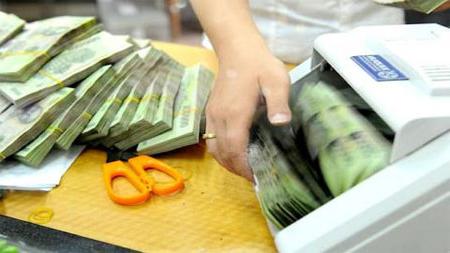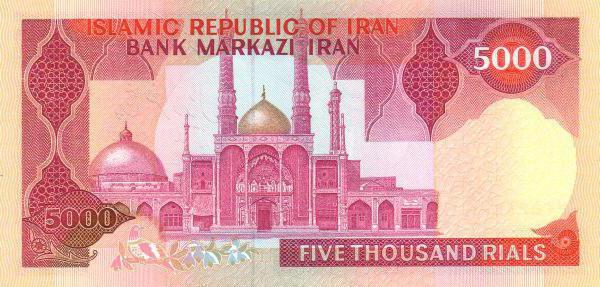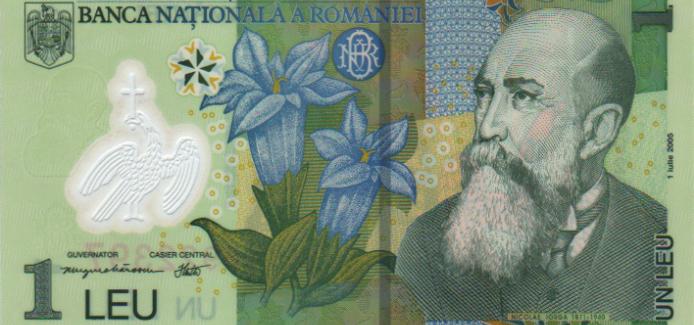Monetary reform of Kankrina
Egor Frantsevich Kankrin was the Minister of Finance during the reign of Alexander the First and Nicholas the First from 1823 to 1844. In 1829 he was awarded the title of Count.
Economic views of the figure were realized inmeasures to strengthen the financial system, which was undertaken by Kankrin. The monetary reform that he conducted was a major state-political event. It allowed to strengthen the system of finance in the country.
As you know, there are different types of moneyreforms. Among them is the transition from one financial product to another, and the replacement of a depreciated and defective coin, and the formation of a new system of finance. All these transformations allow eliminating negative phenomena in the monetary sphere of the country. For a long-term maintenance of the state at a proper level, certain measures must be taken.
The merit of Kankrin was to improvethe system of state and financial reporting, the introduction of strict control over the expense item, the implementation of an accurate customs policy. Thanks to the activities of the Minister, the financial position of Russia as a whole has improved significantly. In addition, the value of the ruble has risen. Increase in income articles Kankrin sought by raising taxes, both direct and indirect. An important role in this was given to the restoration of drinking potatoes. The monetary reform of Kankrin allowed to achieve a deficit-free state budget. The minister also introduced a protective tariff.
The money reform of Kankrin lasted fouryear (from 1839 to 1843). Financial transformations in this period had a significant impact on developments in Russia in the future. Kankrin's monetary reform contributed to the main goal of the minister - to strengthen the material economy in the country, as well as to eliminate the budget deficit.
Preparing for the reforms, the Minister of Finance studied the work of Speransky. After making some amendments, additions and comments, Kankrin issued a new "Note on monetary circulation."
On July 1, 1839, the Manifesto was published. Since his proclamation began the monetary reform of Kankrin. A solid credit ruble was introduced. He was equated to one ruble in silver. The ratio of bank notes to silver was also established. It was 3.5 to 1.
Transformations of the Minister of Finance did not meanonly the exchange of banknotes, since this would only reduce the amount of money by three and a half times. The main thing in the reform of Kankrin was the giving of money to actual strength by ensuring their exchange. For these purposes, a fund was formed, which was replenished with the purchase of silver and gold coins, precious bullion.
Kankrin as a monetary unit chosesilver. This was due to a number of reasons. First, most of the countries of Europe adhered to a double unit. In addition, in circulation for the first time in Russia, not gold, but silver, was used, despite the fact that there were more gold mines in the country.
The next stage of financial reformsKankrina became the issuance of special credit cards. They were accepted to circulation on a par with silver coins. The final stage of the monetary reform of Kankrin was the exchange of credit notes for all bank notes. This process was started in September 1843.
As practice has shown, Kankrin's monetary reforms have fully justified themselves. The financial system of the state has significantly strengthened.
In addition to monetary, the minister held a guildreform. These transformations contributed to the expansion and strengthening of foreign trade relations. Trade reform was aimed at enhancing the forms of Russian entrepreneurship. These transformations greatly expanded the rights of urban middle-class merchants. In addition, Kankrin achieved income from small peasant trade.













